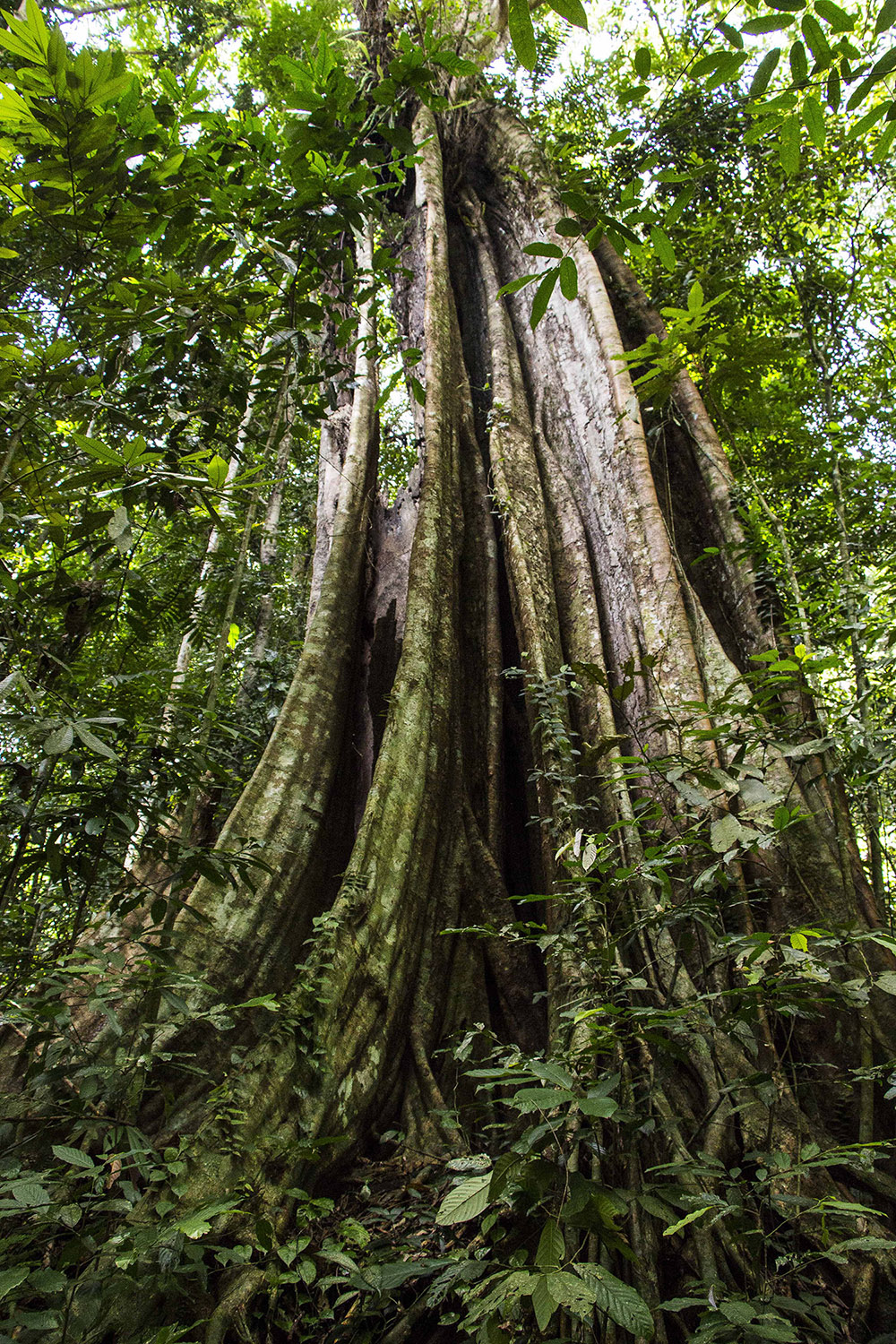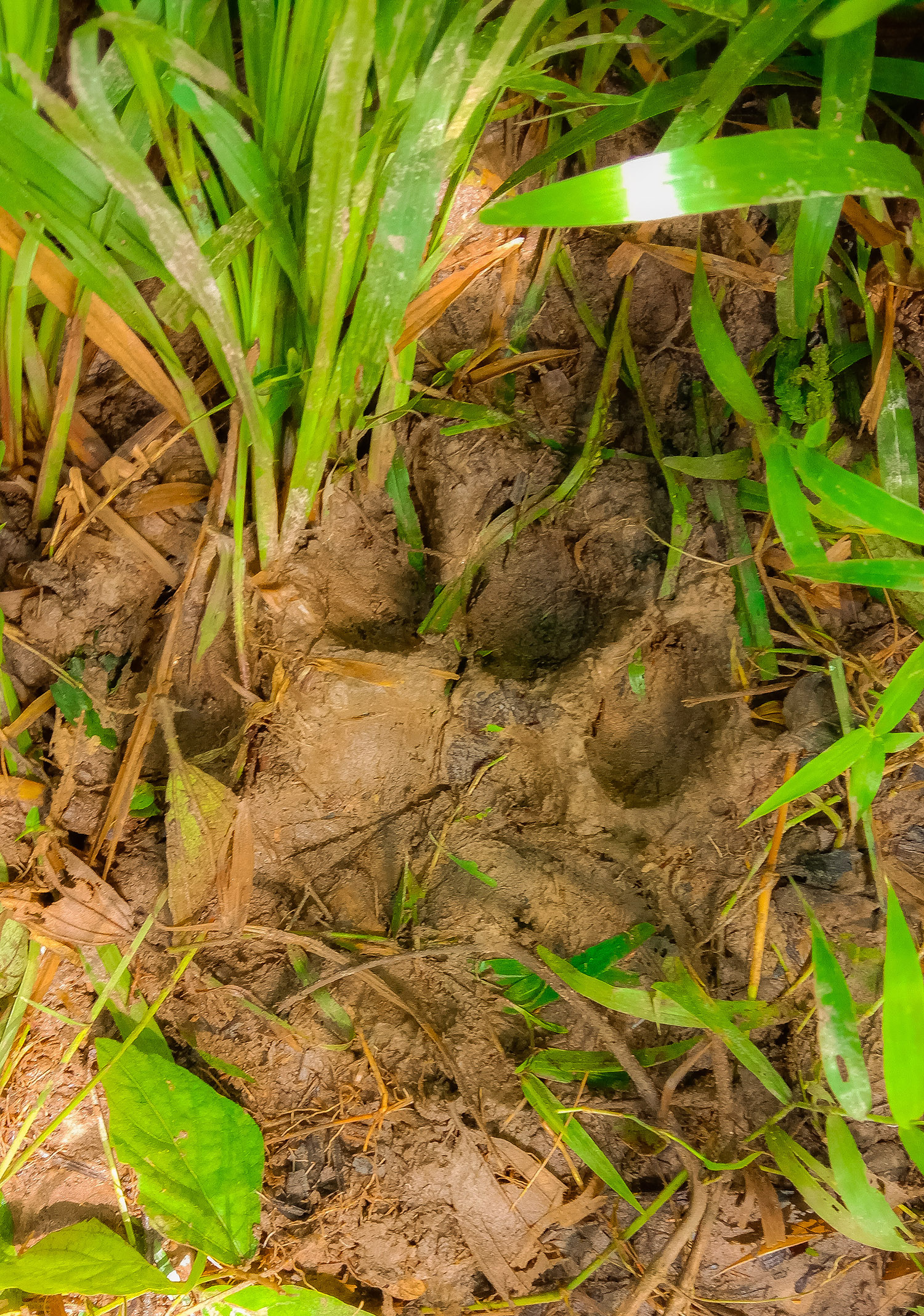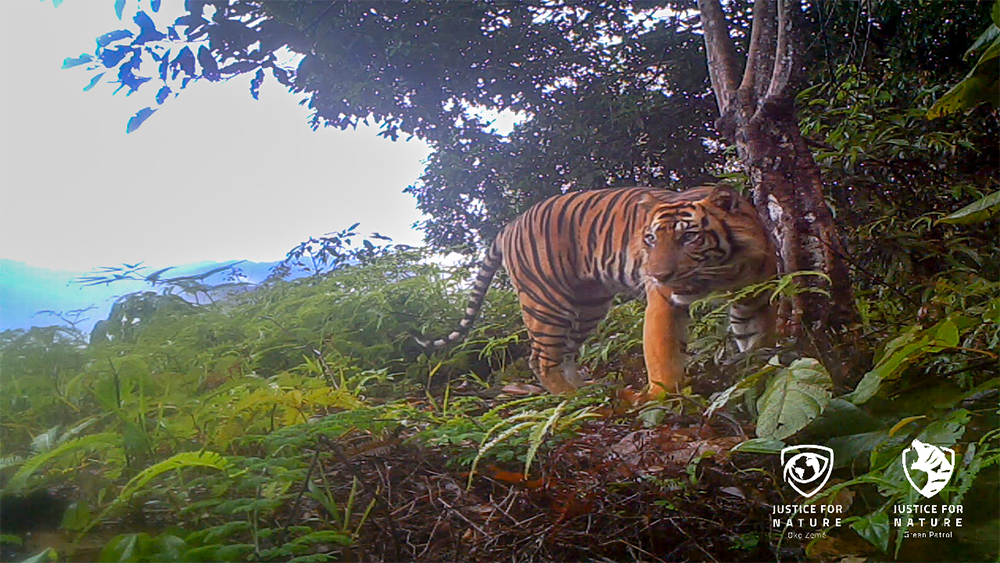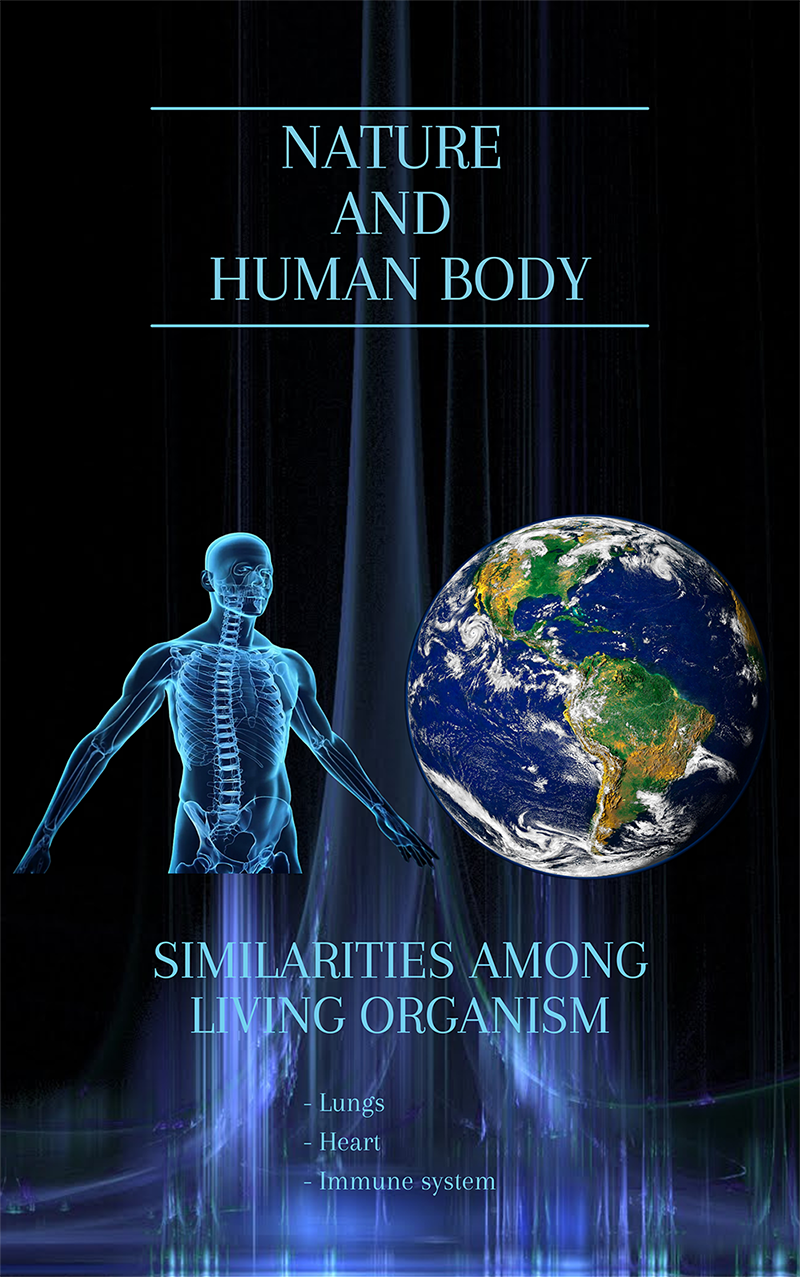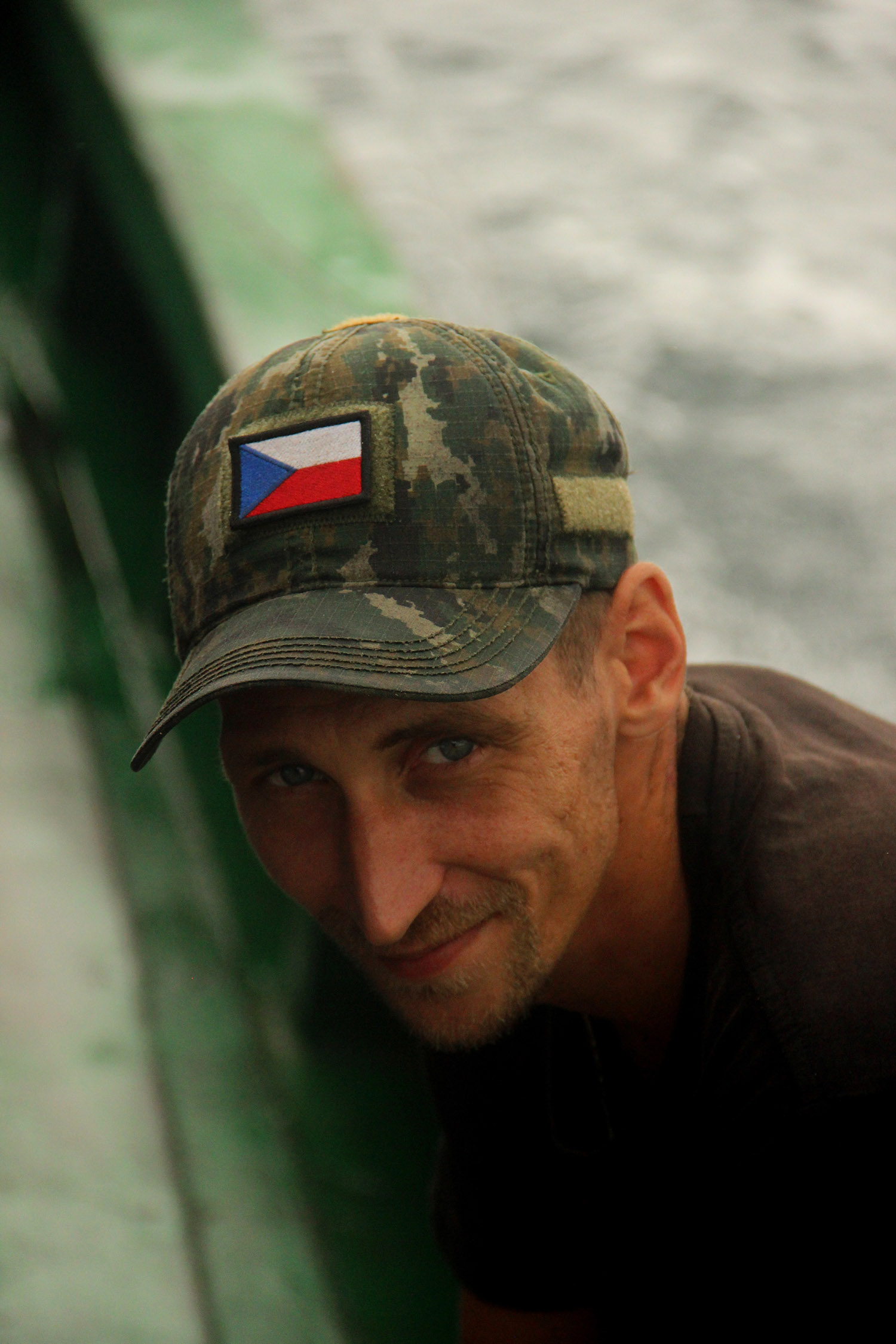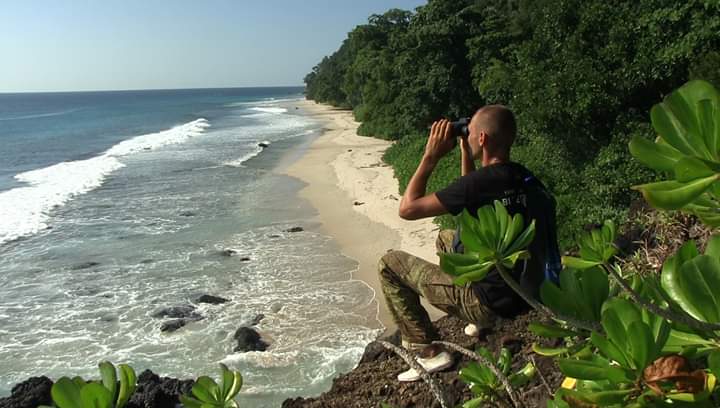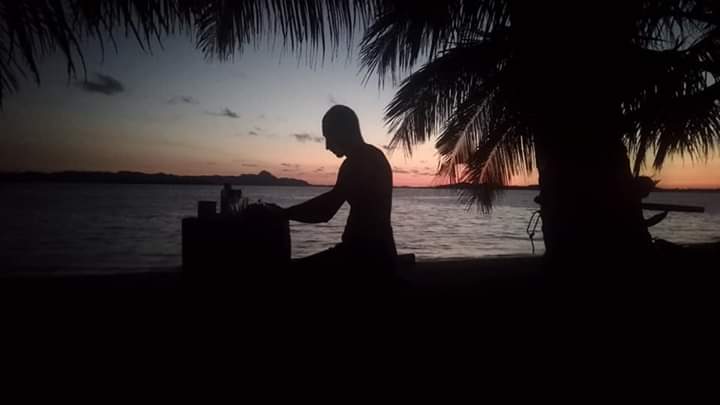Zbyněk Hrábek: Indonesians made it very easy for me when I moved to Sumatra
At dawn in the rainforest the piercing sounds of animals resound – it’s time to get up, grab a 30-kilo backpack and go into the field: in the rain, in the heat, and in high winds, when trees break like matches. The border areas of Gunung Leuser National Park need to be monitored and protected from illegal activities in all weather conditions. You are in the field day and night and your job is to protect the tropical rainforest and the greatest biodiversity on Earth. Once the rainforests covered large areas of India, Malaysia and the Philippines. About 80% of the Indonesian archipelago was covered in rainforest in the 1960s. Today, the last remaining areas of primary rainforest are under big pressure from mining and palm oil companies. The endangered Sumatran tiger, which is killed by poachers, is transported to the Asian black market to be used in ‘traditional medicine’. But there are people who have decided to dedicate their lives to nature conservation and, regardless of the risks involved, their work strives to protect rainforests and their biodiversity. Such is the life of Zbyněk Hrábek, the leader of the so-called ‘Tiger Commando’ and protector of Indonesian nature, who was born in 1985 in Varnsdorf in northern Bohemia. So what made a young student at medical school leave everything behind in the Czech Republic and go to live in the rainforests in Sumatra? What has Zbyněk managed to achieve with the Indonesian team and the Czech NGO Justice for Nature since 2016? And how do they monitor endangered species in the Green Life Reserve and in the Gunung Leuser National Park? We talked about all of this with Zbyněk Hrábek.
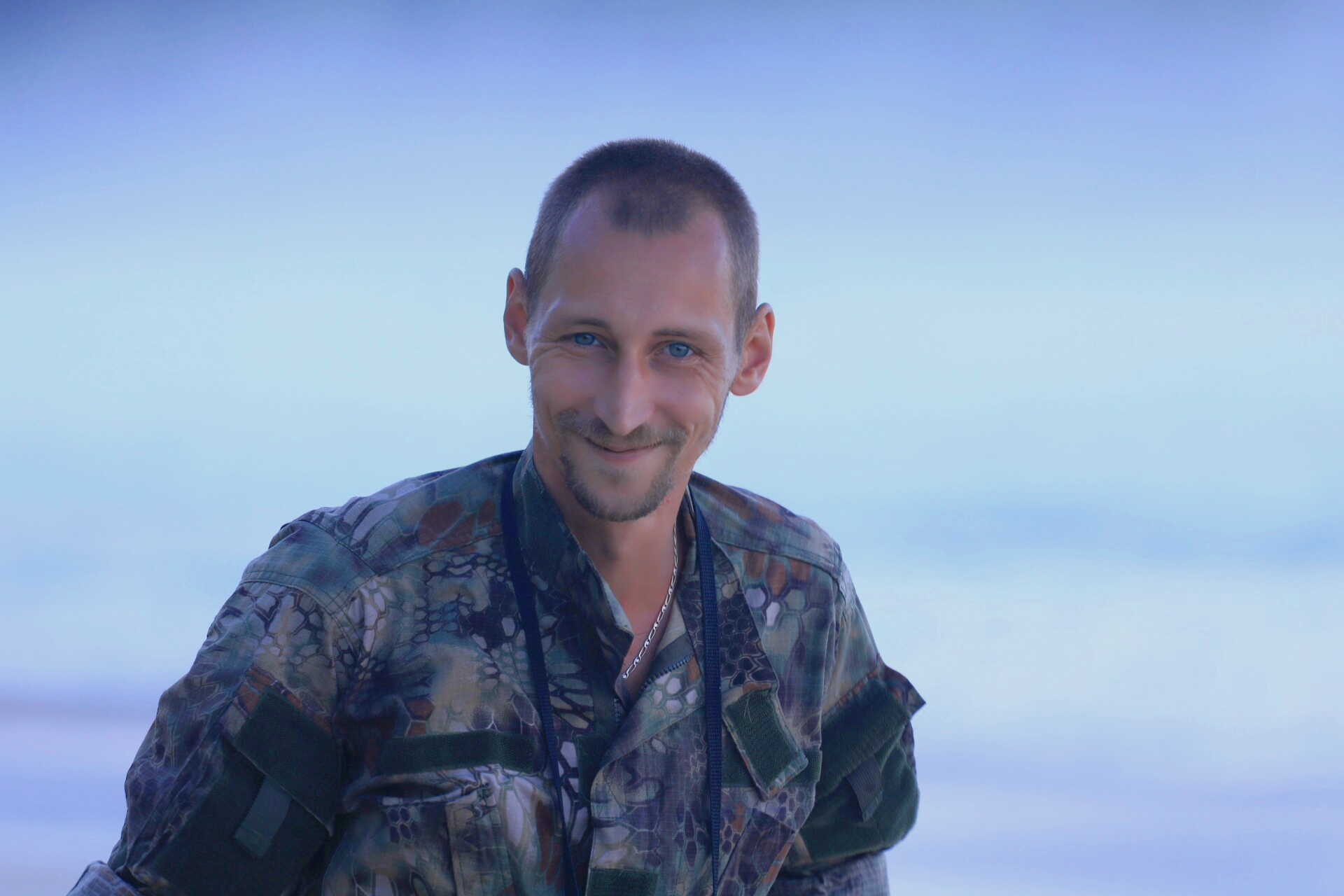
What was your original profession and what led you to change your life so completely and go to Indonesia to protect the rainforests?
I tried many professions, from working at an institution for disabled children and adults, to metal production and as a cashier in Prague’s casinos, where I had the opportunity to meet a lot of different people and hear different life stories. Thanks to this, the first impulse came: the realisation of how people live. Then I started thinking that people were not born just to pay for their lives. At the same time, I stopped perceiving material wealth and chasing money to pay bills and taxes as something meaningful. Instead, I thought I would find fulfilment in charity work but the desire to live a free life in nature was stronger.
Why Indonesia? Was it primarily due to the huge devastation of the rainforests?
Not primarily, but of course it had a lot to do with that. At that time, I was looking for a way to live in nature and I discovered the podcast of Prague’s Kampa theatre, which is led by Czech actor and author Jaroslav Dušek. He did an amazing interview with Milan Jeglík and Zuzana Koloušková where they were discussing the protection of the rainforests and the possibility of volunteering in Indonesia. This interview was a huge inspiration for me, and I flew to Indonesia as a volunteer for the first time. Of course, I didn’t know anything about real life in the rainforest, but when I came to Sumatra for the first time I knew exactly how I feel in the Sumatra rainforest and that was the most important thing for me. I think everyone should live where feels right to them.
After a discussion with Milan Jeglík, chairman of the organisation Justice for Nature, I decided to move to Indonesia. At that time Milan was looking for a leader for the anti-poaching team Tiger Commando, to protect two tiger cubs they were monitoring in the Green Life Reservation. The first presence of the tiger mother with her cubs was monitored on my birthday, coincidentally. So after a few months of preparation and packing, I moved to Indonesia.
Looking back, how did it feel to leave everything behind in the Czech Republic and start living in Indonesia? How did the local people treat you – as a person who had decided to protect their natural wealth?
It was liberating and full of positive energy. Suddenly I was in a whole new place, without the need for all those papers and a bureaucratic system. I didn’t even think that I left anything anywhere, I just threw away everything from my life so I could start to live. The local people, especially in the village, are very open and kind. I am still to this day excited about how they are willing to help each other. They are not as individualist or careless as in Europe or big cities. So, the rural Indonesians made my start there a lot easier for me. Of course, Indonesians, like all people, are not perfect, but at first you see all the cultural differences and make comparisons.
I was really surprised how they use whitening cream on their skin while Europeans want to tan their skin, and how they think that white sugar is healthier than brown and for this reason they make their own, without additives. Western people prefer brown sugar as the healthier option, so I think that people usually want what they don’t have.
At first none of the local Indonesians knew that I would stay here that long, but over time they began to view me differently. Generally, the rural people did not know too much about nature conservation and they see ecology more as a kind of business, as they are taught as a capitalist society to see profit in everything. But eventually people take you seriously and sooner or later most ask the question, “Why does Zbyněk do it and why did he exchange his dream life in Europe for a life with us?”, or “Why is the protection of our rainforest so important to him?” Sometimes people even feel shame that a European is collecting up their garbage and protecting their rainforest while Indonesians at home are not.
- Zbyněk Hrábek during tree climbing training to monitor treetops. Photo: Andrea Bagiová
- Huge trees live for hundreds of years in the forest. Photo: Zuzana Koloušková
The huge deforestation in Indonesia is a result mainly of the activities of palm oil companies, and so we are also responsible as consumers of that palm oil. In the Czech and Slovak Republics palm oil is now viewed as an unethical raw material, and public awareness how dark can be obtaining the palm oil in Indonesia is really growing. This trend can also be seen in other European countries – for example, in the United Kingdom many companies no longer use palm oil. But how does Indonesia, and Southeast Asia more widely, perceive this issue? Do people see palm oil as a problem for the environment?
No, apart from those who are familiar with the issue, such as university professors, environmentalists, and some people from big cities. Others view palm oil as a commodity and for them it means a livelihood. The growers are directly forced to grow it by the Indonesian state by lowering the prices of other commodities, such as rubber, and increasing the purchase prices of palm oil fruit. Uninformed local growers must switch to oil palm growing to feed their families. Indonesia is the world’s leading exporter of palm oil and exports 48,000 tonnes of oil a year, 45% of which is produced by local growers, not large companies.
Of course, I do not want to defend them: they have caused the destruction of forests in Borneo and Sumatra with a global impact on the current state of drinking water in the world and the loss of so much important biodiversity. I would say it is not so much about products like biscuits made with palm oil: the problem is due more to biofuel, which palm oil is being mixed with. From my point of view, the combination of plundering nature for fossil fuels and for palm oil is literally a global disaster. What the petroleum industry has not achieved in 100 years, the palm oil industry has been finishing in the last 50 years.
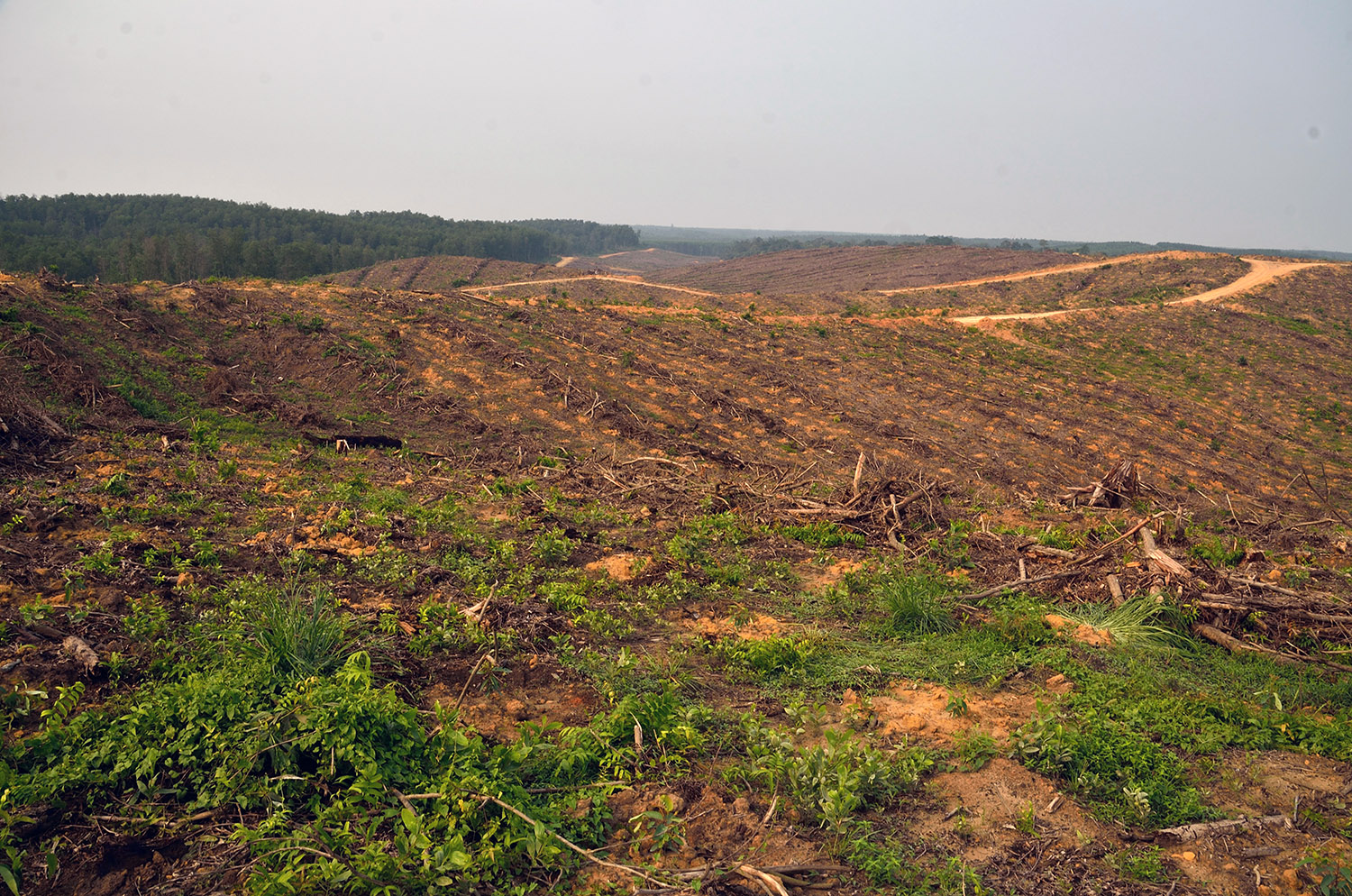
Nowadays, the consequences of deforestation are beginning to show here, and the changes are obvious to everyone. Year after year, the level of rivers is falling, and many small streams have disappeared completely and of course the locals are noticing this. The oil palm is also causing a huge drop in the amount of groundwater. The problem with the lack of groundwater also affects the capital, Jakarta – the capital is literally slowly sinking into the ground.1.Mexico faces similar issues due to thirsty avocado plantations that are exacerbating an already miserable situation with groundwater, for example.
A few individuals are rejecting oil palm and are growing rice again, but so far this is a negligible amount of people. Me and the organisation Justice for Nature which I worked for are trying to educate local people and to connect educated people from universities with local communities to teach local growers to use their land efficiently and, most importantly, sustainably, without oil palms. We also buy up land within the rainforest before it is destroyed by companies or local growers.
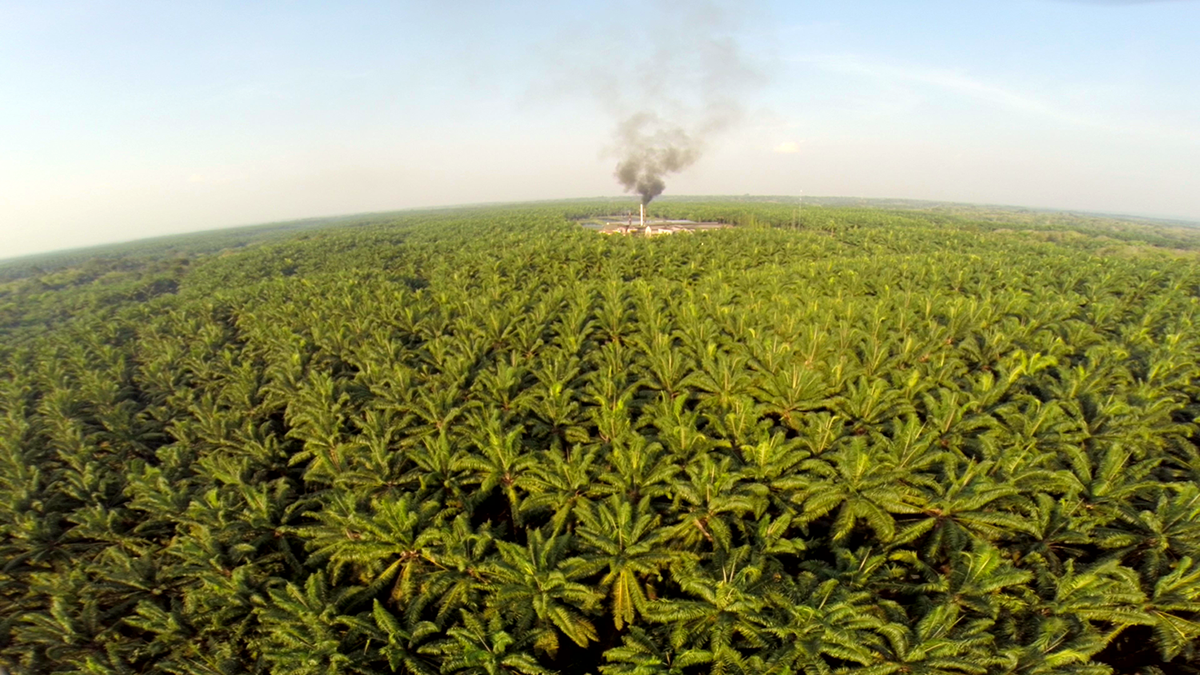
Among other things, you are the head of Tiger Commando. Can you describe the purpose of your work? And what is the biggest threat (apart from deforestation) for the Sumatran tiger today?
The main aim of the Tiger Commando (Green Patrol) is to monitor activities in the rainforest. From 2015 to 2020, we monitored Sumatran tigers and other animal species in our Bohorok resort in cooperation with the state administration of the Gunung Leuser National Park. We systematically detected not only a lot of poachers, but also 10 tigers! Every month, patrols are in the rainforest for 10 days. We carry 30 kilo backpacks and walk up huge hills and cross the wild rivers. We are in the field in rains, during heat, sometimes at night, during big storms and crazy winds, when huge trees fall around you and break literally like matches. Once we were without water for two days and other times without food. And despite the intensity of our work, we always experience incredible moments, with elephants for example, and with nature in general. It is a job full of extreme challenges, but in beautiful natural scenery. In our Green Life Reserve, we also regularly protect the border zones of the reservation with Gunung Leuser National Park. Today, our reservation covers 175.5 hectares of rainforest.
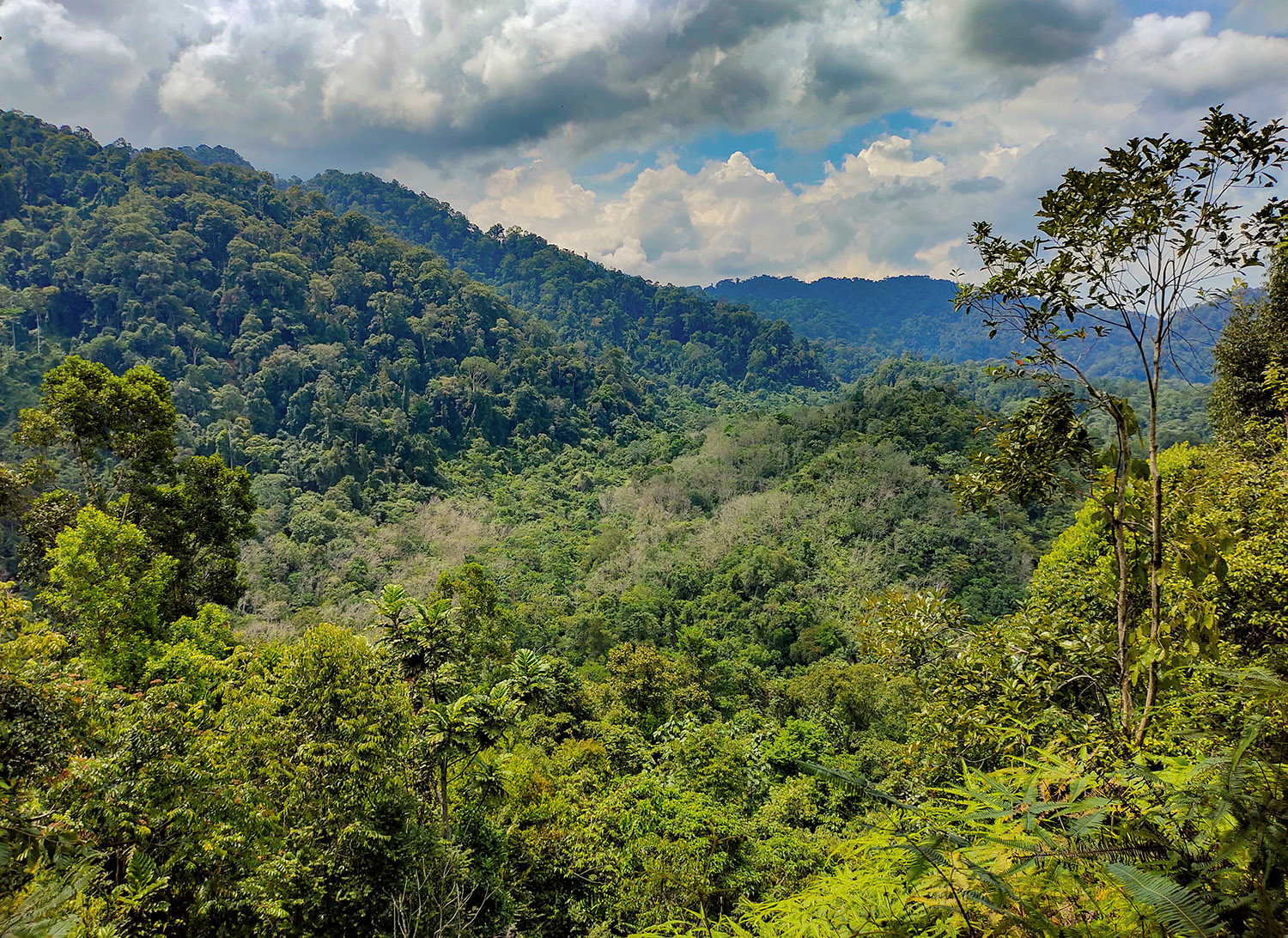
However, at the beginning of the COVID-19 pandemic, we suspended our cooperation with the Gunung Leuser National Park and now we have the National Park’s border zones under our protection, in cooperation with the official forest administration. We are monitoring the border zones mainly because of one tiger, which I have been monitoring since 2017. It is a young male, and he is extending his territory outside the national park, which is very threatening to him. Tigers die most often when searching for food on plantations outside national parks, where most poachers move and set traps. So, through our activity and monitoring of border zones we effectively prevent the loss of biodiversity and protect the entrance to Gunung Leuser National Park. It is very much a border between two worlds – the human worlds and the wild one, and we try our best to find a balance between them.
- A tiger footprint found when monitoring the place where a dead cow was found. Photo: Zbyněk Hrábek
- Sumatran tiger – critically endangered according to IUCN and filmed with a photo trap in the Green Life Reserve. According to the latest estimates, only 500 to 600 individuals in the world live in the wild. Tigers are killed for great rewards and their remains are traded on the black market. They are also often killed accidentally by pig poachers.
You recently dealt with a complaint from a local farmer who was trying to report some damage caused by a tiger – but you discovered the report was fake. How do you judge whether a report like this is true or false? And to what extent do farmers welcome the offer of support given to them, such as the construction of livestock pens?
We have to check every report and that means we have to go to the place in question and confirm the report with proof, for example through a tiger’s footprint or other identification mark such as a photo from the photo-traps. This wasn’t the first fake report we’d received but we must maintain good relations with local communities. Trust is very important to us.
Everyone welcomes our help, although the type of help is important. In one case, of compensation for the death of a cow, we realised that giving financial compensation was not effective or sustainable. It just promotes the desire for money and exploitation of our goodwill. Helping to protect cows by building pens is much more effective, along with other strategies such as monitoring by the Green Patrol team, and educational activities.
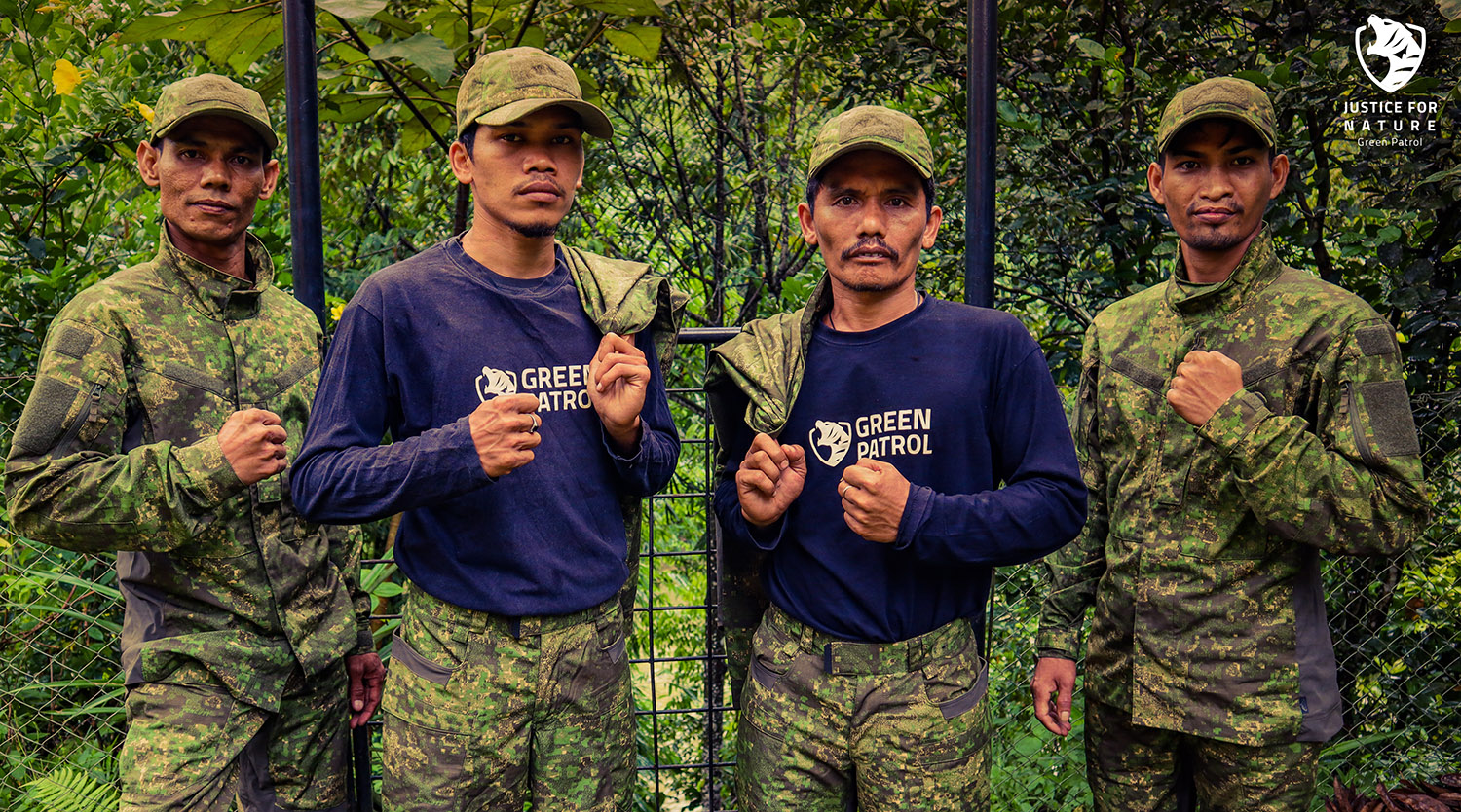
To what extent are your activities successful?
The Tiger Guard programme is proving successful throughout the region, and we intend to introduce it to the Indonesian leaders of nature conservation as an effective protection method for tigers, not only in the national parks. Our idea is to establish a large team of people who will help to install photo-traps and create a kind of ‘tiger shield’ where we will be able to monitor most of the borders around the national parks. As a result, poaching would decrease overall and tigers in the national parks would be safe thanks to the protection of the border zones.
I see a lot of successes, from creating an effective programme to protect nature around Gunung Leuser National Park and the biodiversity in it, through the expansion of the natural environment – it’s noticeable how quickly nature can be revitalised.
Another example of our success is the creation of 500 hectares of protected forest by local people. One of my colleagues and friends managed to protect the land of the local community in another region and he is following our example. This is a huge success because working with local people is very important to me, although it can be challenging.
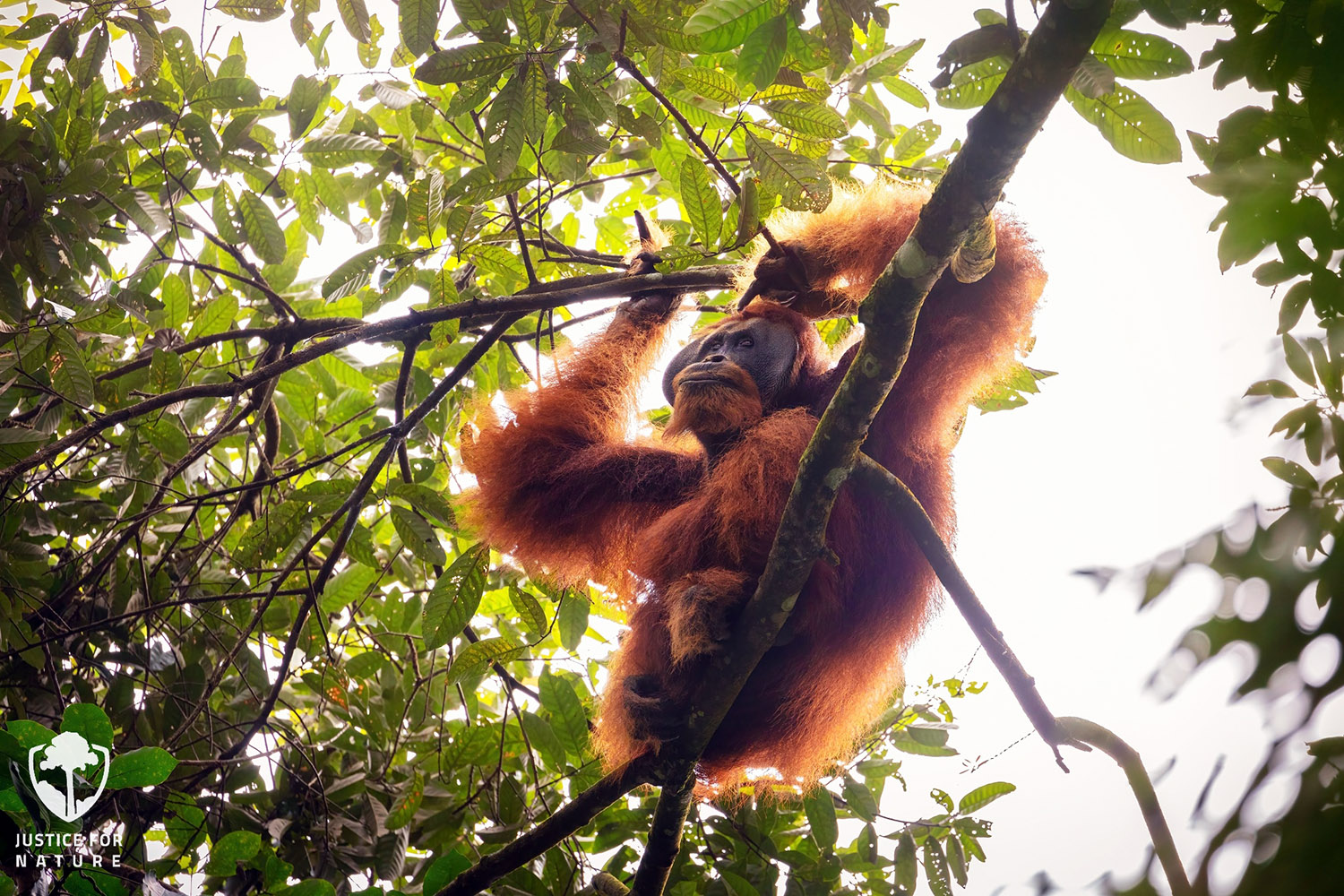
What is the current threat to the Green Life Reserve and the border zone with Gunung Leuser National Park? Is it mining or poaching?
In the border zone it’s mainly poaching. In fact, rubber plantations are almost everywhere along the borders of the national parks and the palm oil is fast encroaching, as well as mining. Everything is closely connected and if, for example, we lose tigers and other endangered species from national parks entirely due to poaching, then mining companies will get their free pass. In Indonesia, poaching and the palm oil industry are closely linked, as well as the trade in wild animals, which are trafficked to numerous zoos.
Could you name the animals you meet in the Green Life Reserve? And have you noticed any migration of animals into your area due to deforestation and loss of their natural habitat?
There are many, but I will name the most famous ones, for example the Sumatran tiger. But ‘meet’ is not literally correct, because tiger doesn’t want to be seen much. There are actually very few people who have seen the Sumatran tiger face to face in the wild. I had this opportunity while monitoring a report of tiger activity: I was sleeping not far from a place being monitored after the death of a cow and the tiger returned to the exact same place. It was indeed an unforgettable, magical moment and I think I was lucky. I was so fascinated by this magnificent animal that I didn’t think about any danger. However, it was a big coincidence I was there, and no one I know has had this experience with a tiger. One could describe the tiger as a ghost in the rainforest.
Definitely worth mentioning is the return of the elephant family to our reserve. They came back and followed old trails after 18 years away! The elephant mother brought two baby elephants and they stayed in our reserve for two weeks, with us watching over them all the time.
Otherwise, the more the flora of our reserve grows, the more the whole ecosystem renews its fauna. Thanks to constant monitoring, we have the opportunity to see an increasing number of pangolines, porcupines, Malayan bears, sambars and muntjacs, and other feline species such as leopard cat, marbled cat and golden cat. We can see a variety of birds as well, such as eagles, hornbills and many others.
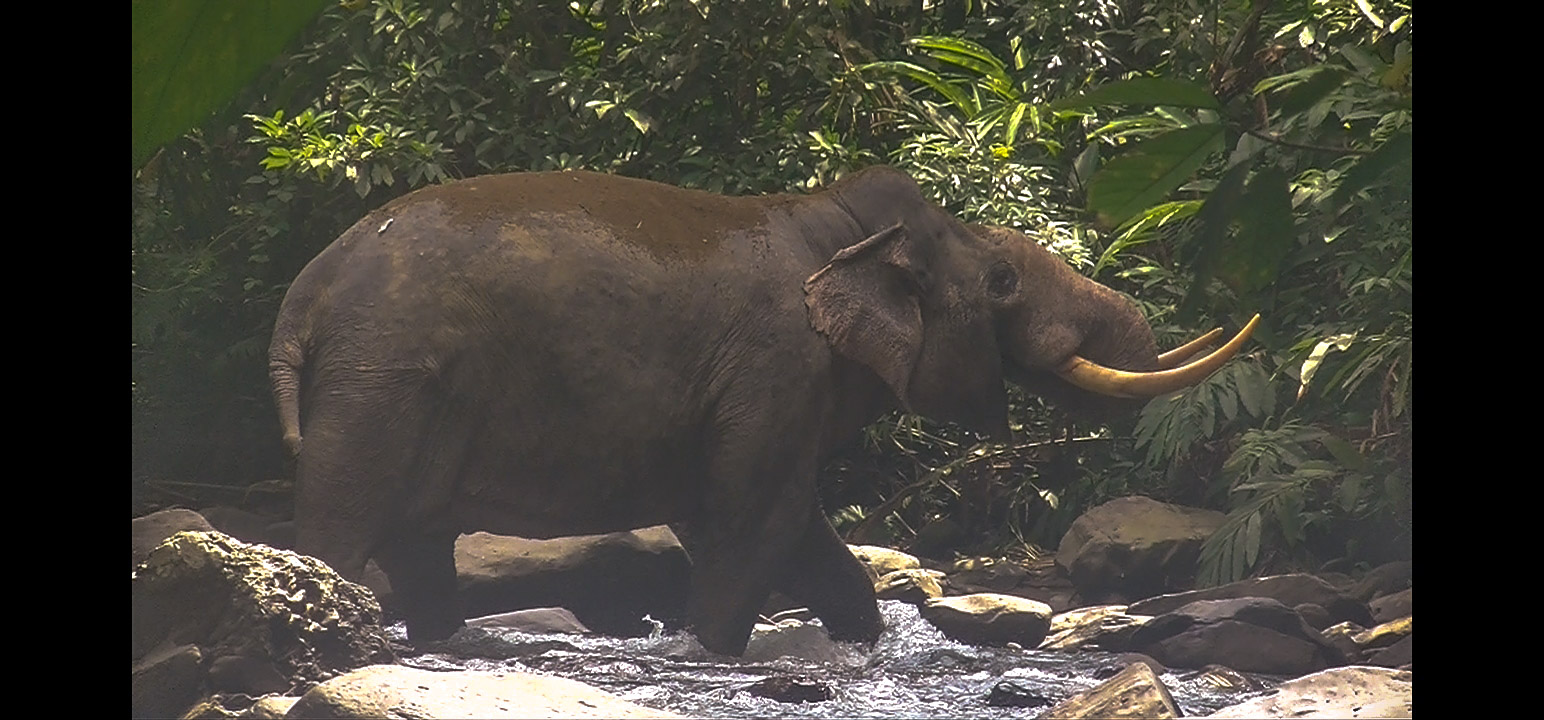
Maybe someone reading our interview right now would like to get involved in conservation work. What type of volunteers are you looking for? And how can an ordinary person who perhaps can’t travel to Indonesia get involved?
Almost anyone can participate as a volunteer. Helping in the Sumatran rainforest is for a wide range of people, different age groups and professions. Unfortunately, entry into Indonesia is very limited now during the pandemic and we are waiting for restrictions to ease. However, it is now possible to volunteer in the Costa Rican rainforest without much difficulty with travelling. And we are also running volunteer programmes in the Slovakian mountains, which are available to anyone.
There are many other ways to get involved, for example by giving financial support, whether with small, regular contributions to support our anti-poaching Green Patrol team or even by contributing to the purchase of land in the rainforest, and so contributing to natural restoration programmes. Out of our range of activities, you can choose what’s most appealing – what you’d like to support most.
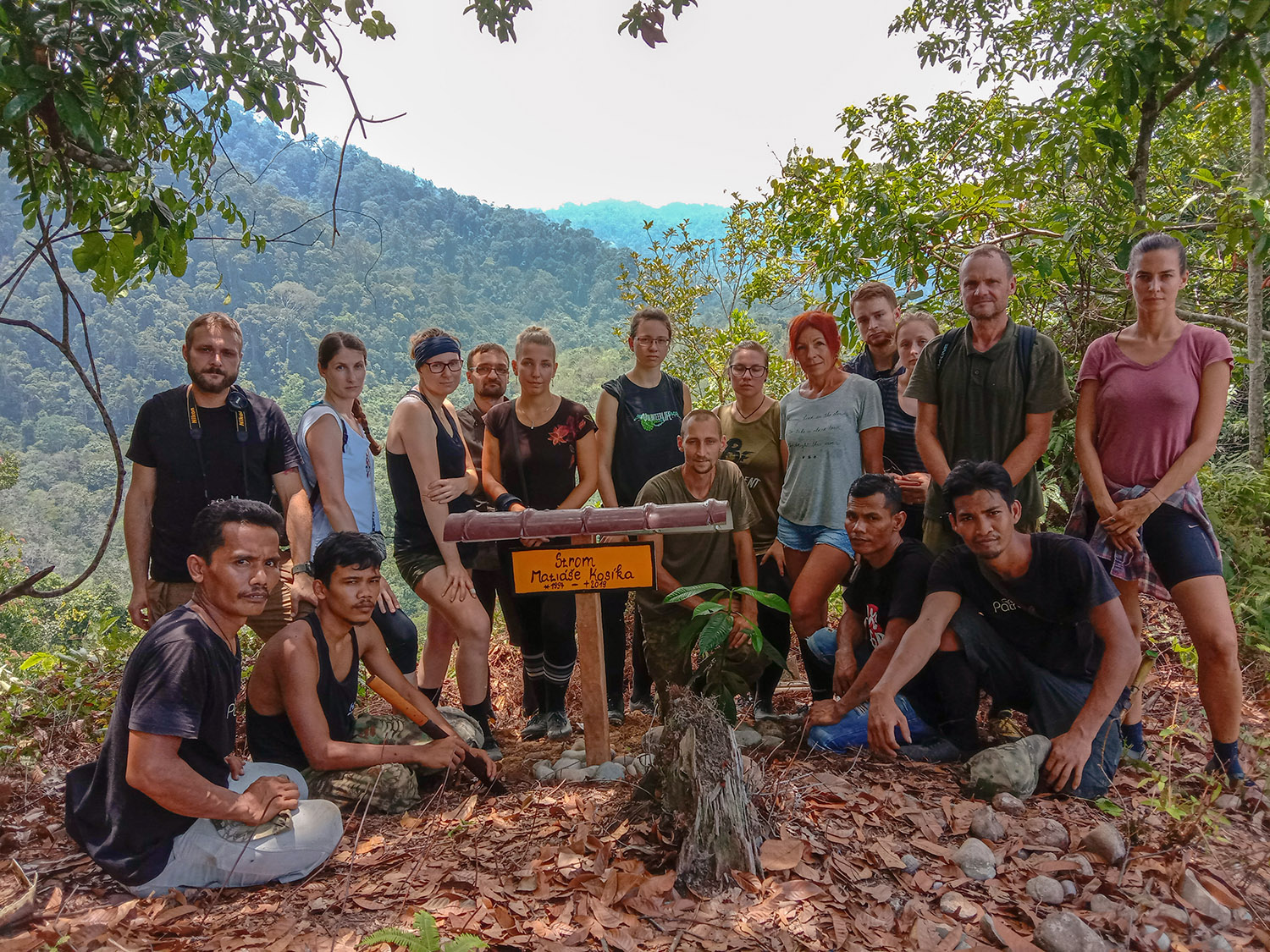
What has been achieved in the five years since 2016, the start of your conservation work in the rainforest? And how much has the local Indonesian community got involved?
This is a very important question. People often forget how small positive steps lead to big changes in conservation work. I would compare our activities to nurturing a plant’s seeds – the seeds will grow if we water them daily. And our ‘seeds’ are growing beautifully, but I must admit it’s sometimes very challenging.
In the beginning, the local community was not at all interested in protecting nature. You could see rubbish everywhere, poaching was a common activity, but today I am really satisfied with the progress and the changes I can observe. The local community has even set up a voluntary association to protect their own environment. People clean villages, participate in volunteer anti-poaching programmes, rehabilitate the river basin and develop many other great activities, which I’m very proud of. So, they’ve managed to change their interests and view of their home.
In addition, our conservation programmes are being introduced into several other regions simultaneously: from our waste programmes and educational activities to establishing protected areas and reforestation programmes.
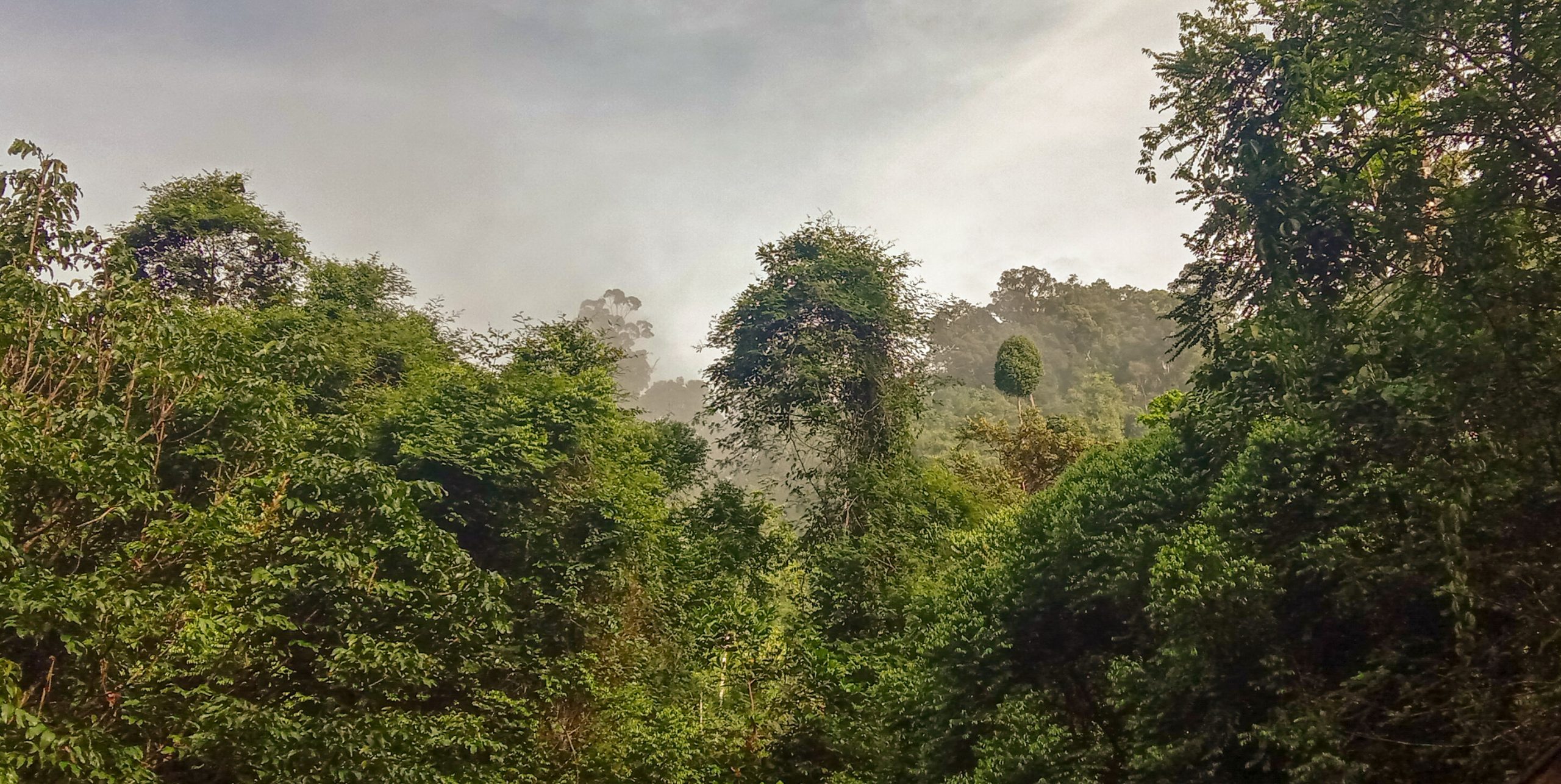
The rainforest is truly a natural treasure – not only Indonesia’s but belonging to the whole world. The variety of life the forest hides within it is literally indescribable – it’s probably necessary to experience it personally. How deeply did the rainforest enchant you? And could you ever imagine life in a modern city after so long in the rainforest?
Exactly. It cannot be described in words. I also think we’re not designed to perceive things only using the five senses. We perceive in other ways too, and we must not neglect this. It’s been discovered that it’s so important to perceive the world through the heart and its magnetic field and this is very important to me, perceiving things with the heart. What happens to us when we have the opportunity to stay in the wilderness for a while is truly magical. Nature revitalises us in many ways and our life depends on it. To this day I always have amazing sensations when I return from the village to the rainforest. I literally have the feeling that I am connected to ‘a network’ called ‘life’. My thoughts calm down but at the same time I am processing more information from nature and the wilderness than I do in a village or a city. I attribute this phenomenon to a silent communication and exchange of perceptions and information of the magnetic field of the heart with the surrounding environment, where the information can be amplified by the enormous abundance of life in the rainforest.
Could I imagine living in a city? Yes, I could. I would last a week at most and then I would go probably nuts, feeling the loss of my soul. Really, the idea of returning to a big city is quite depressing: no sounds of crickets, birds, flowing water, fresh fragrant wind, gibbons and eagles… I wish everyone could have the opportunity to wake up in the rainforest.
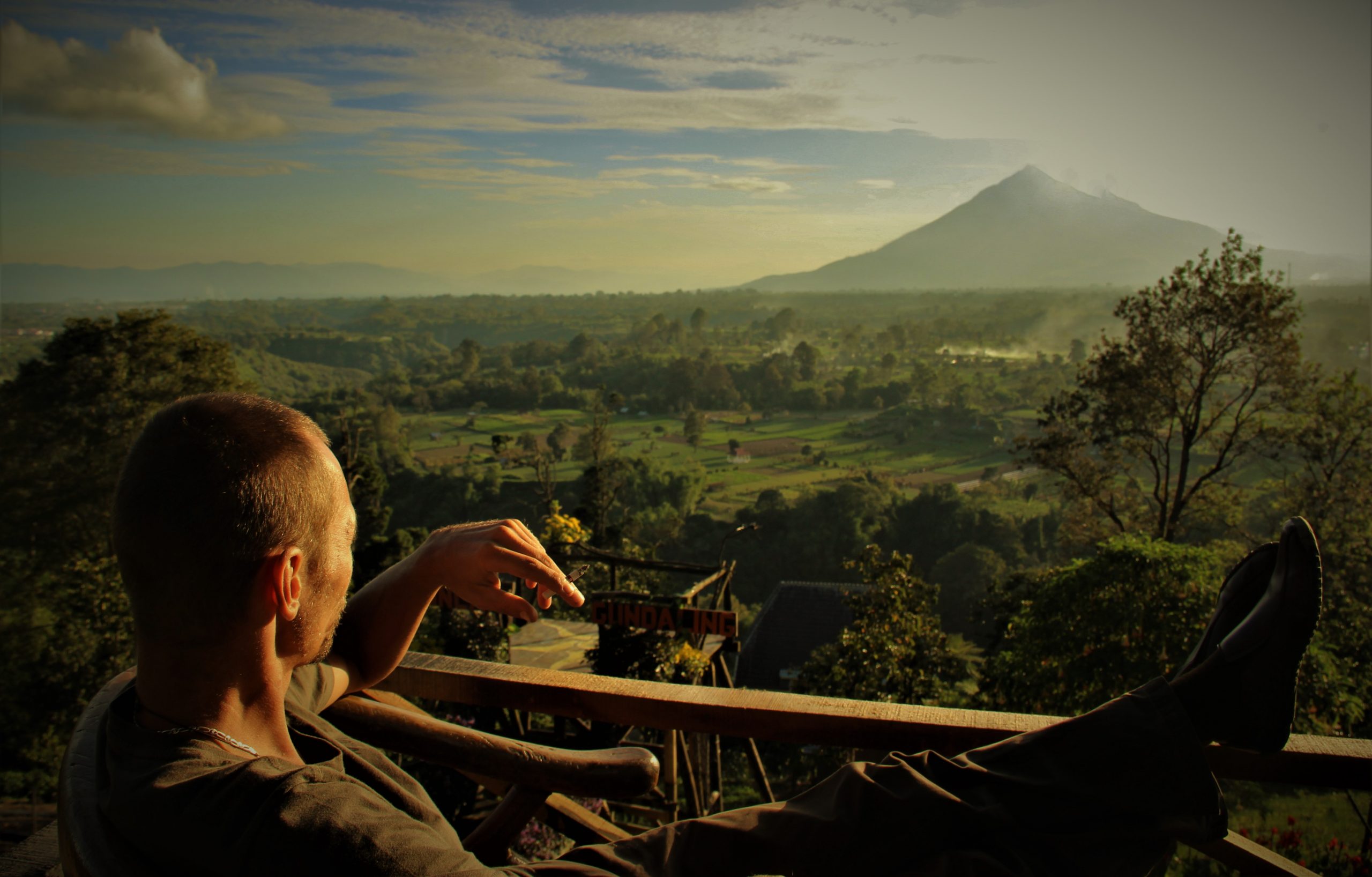
A few months ago, you completed your study ‘Nature and the Human Body’, published in the International Journal of Science and Research, in which you perceive planet Earth as a self-regulating living organism, similar to our bodies. The oceans correspond to our lungs, the core of the Earth to our heart, rivers to blood vessels and capillaries, and flora and fauna to irreplaceable building cells, without which the Earth could not function as it should. Could you describe your study some more?
The Nature and the Human Body study was created as an idea for a lecture where I had introduced the idea of the functionality and process of nature and planet Earth to people by using facts and scientifically proven data. As I couldn’t find a comprehensive description, I created one.
Indeed, the Earth works just like our bodies. What fascinates me is how we could achieve a better understanding of nature through the system of our own bodies. As you have mentioned, I described the lungs, heart and immune system of the human body as well as the whole system of the Earth as key to true understanding of the functioning of our body or the self-regulating system of the Earth.
It is well known that the planet’s lungs are the oceans, but only a few people are aware that the Earth could suffer from similar diseases to humans. The immune system is a much-discussed topic these days, but even the large number of people in the science community overlook the fact that our bodies are made up of around 80% ‘foreign organisms’ that take care of us and are responsible for our health (for example, research on our gut is quite a new field in science). The composition of these bacteria is different in every person. In the same way, the health of planet Earth and its biodiversity consists of up to 30 million different species, but unfortunately humans are affecting this number a lot. To sum up, the description is really a guide in how to change our perception of the world around us, how to better understand our body and how we could find solutions for climate change.
- The Nature and the Human Body study. Author: Zbyněk Hrábek
- Zbyněk Hrábek sailing in the Pulau Banyak archipelago, where he worked for the Justice for Nature organisation to protect marine life. Photo: Unknown author
This theory is very similar to a hypothesis developed by British scientist James Lovelock. Has his work influenced you?
To be honest, no; I heard about that theory from people responding to my description of Nature and the Human Body. I admit I must read it.
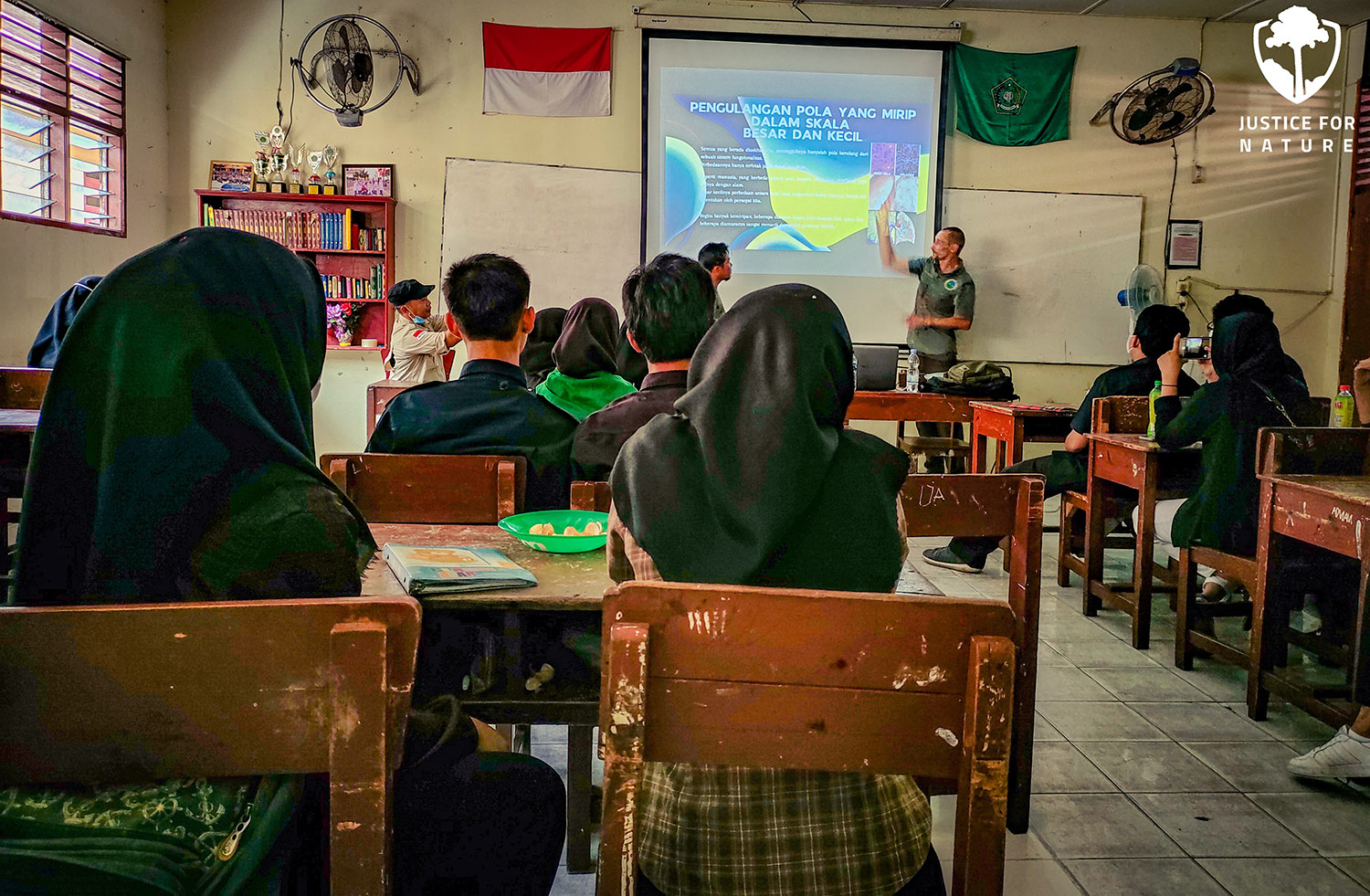
James Lovelock became famous for his Gaia theory, especially for highlighting current environmental issues. And Gaia became a key topic for many New-Age movements. The huge popularisation of his theory caused many scientists to be very critical of Lovelock – Richard Dawkins, a supporter of Neo-Darwinism and the author of The Selfish Gene, is one of his greatest critics, for example.
Thus, the biggest conflict in the scientific community is over two completely different concepts of how to perceive the world. For example, conventional science divides nature into organic and inorganic forms of life, although many native cultures speak about the many aspects of a world as a living being (organic). It’s interesting that current science is discovering the physical properties of water and slowly changing the concept of perceptions.
Evolutionary biology claims that various organisms evolved in response to the environment, i.e. that evolution was an adaptation to the surrounding stimuli, while theories that analyse the planet as one super-organism say that planet Earth regulates evolution itself, and that the Earth creates such conditions that makes one or other lifeform viable, allowing reciprocal relations with the Earth. All this creates a functioning super-organism. How do you view this conflict of opinions? What is your argument in favour of a living Earth?
Well, to be honest, I think that a critical view is also important to finding new answers, although is interesting or rather confusing to follow such a discussion when one scientist denies what another proved by his research. Moreover, I think we should not neglect the knowledge of indigenous peoples. The ways and perceptions of indigenous cultures are ‘real’ and some ancient civilizations were in some ways far ahead of our modern culture. Having and accessing information is a great thing, but it is important to understand it correctly and put things in context. Without it, we are only intellectual, not intelligent.
Conflict happens a lot in science because people do not want to admit mistakes, and they fear a loss of profit or of scientific prestige; both reasons are purely selfish, limited by ego.
As for the Earth’s self-regulatory processes, it is clear that this is how our bodies work. Cancer can also be seen as an ‘adaptation’ of cells to certain living conditions, but only those people who change the unsuitable conditions into optimal conditions recover from it without a relapse. As for the Earth, it seems to me it’s the same thing – Earth is only trying to sustain life through healing processes, and we humans are part of this process, we are just cells. And our role in this process is to choose between a ‘cancer cell’ or a ‘beneficial cell’ that has its place and meaning throughout the chain of natural processes.
- Zbyněk Hrábek monitoring sea turtles on the island of Bangkar in the Pulau Banyak archipelago, where he discovered and detained poachers in cooperation with the state administration for nature protection. Photo: Milan Jeglík
- The biggest reward after a hard day’s fieldwork is the view of the magical sunset on the island of Sikandang, where the Justice for Nature organisation has its facilities. Photo: Milan Jeglík
That’s how I describe biodiversity – as the diversity of organisms that ensure the health of one or another organism. How the microbiome of the human body and the microbiome of planet Earth work is almost the same. If we have a sufficiently balanced diversity of species of microorganisms (which is specific to each organ of our body), all those microorganisms communicate with each other, and everything works as it should. In other words: we are healthy. If we reduce their number below a certain limit, we will affect the balance and other viruses or bacteria have the opportunity to disrupt the processes in our bodies. In other words: we are ill.
The exact same principle applies to the biodiversity of individual ecosystems on planet Earth, but we are using different names: for example, it’s not lactobacillus, but it could be tigers.
So, what kind of place do we have here? In the ‘living Earth’ theory, humans are part of it. However, evolution, or rather cultural evolution, caused modern society to move away from nature rapidly and even to modify it for its own benefit. The impacts of human and industrial activity on the environment are indisputable and climate change is a response to human activity. There are also different concepts regarding this issue, and I wonder what your opinion is? One theory says that nature will react with increasing fluctuations and even that the Earth is ‘defending’ itself. But others say that the Earth is ‘dying’ (with increasing floods, fires, tornadoes, rising temperatures, etc.) What is your opinion? Is the Earth still regulating its own processes or is the current situation more alarming?
Exactly, we are part of nature. We have only just entered the stage of a 14-year-old-child – we are in ‘mental puberty’. There is an inner conflict between our ego and the surrounding world. Instead of respecting how ‘small’ we are, we still give dominance to our ego over the laws of nature. As a result, materialism wins and the spiritual side is suppressed – and I think our inner spirit knows exactly how we are depending on nature and how fragile it is.
In my opinion, nature does not ‘defend’ itself. I would say rather that nature seeks to establish harmony by natural treatment processes. The inflammation or fever are also natural healing processes, even a cancer is. All diseases are an effort of an organism to return to the original state of harmony so that life can continue.
I don’t know if the planet is ‘dying’ but certainly it has never encountered a similar situation. There have already been five mass extinctions, with the planet losing at least 75% of all living fauna and flora in the last 2.8 million years.
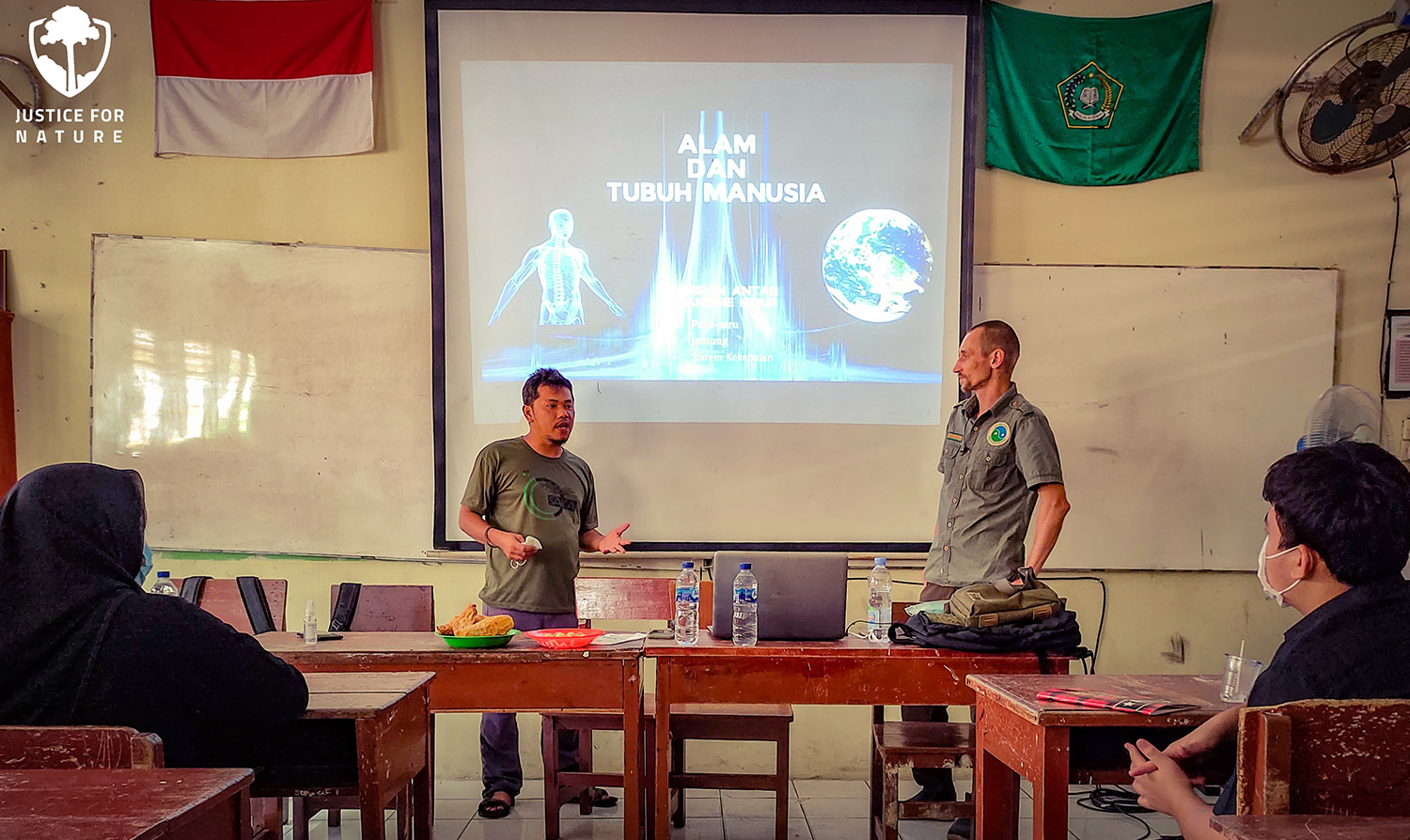
However, this ongoing sixth man-made mass extinction is about 1,000 times faster than the fall of a 10-kilometre-sized asteroid. The difference is that in the past some organisms had the opportunity to adapt, but I am afraid that now they will not. It will no longer be 20% or 25% of the remaining species, so I see the future very pessimistically… I think that around the year 2030 we could see an explosion of a supervolcano in a response to the collapse of the Gulf Stream, probably in Europe or Central America, and this is what I am really worried about. I know, it is very pessimistic prediction, but the extreme changes and fluctuations will increase. The main reason for my presumptions is that we are now noticing and experiencing the changes that we unleashed in the 1970s, and between then and now we have disrupted natural processes the most and the quickest, so we will also feel the changes fast.
The North American Hopi Indians once predicted that we were on the verge of the demise of the so-called fourth stage of the world. Their prophecies really resemble the current environmental problems. However, the Hopi claim that with the disintegration of the existing world a new one will come and people will learn from their previous mistakes… So, there may still be hope?
I don’t know about the Hopi Indians and it’s thus difficult for me to form an opinion on their predictions or what exactly they perceive as ‘nature’. But if we want to understand our mistake, we must first admit to it. I still see hope. I have changed my approach, so everyone else can too.
Many young people, as you once did, give up their lives in cities and go to live in newly established self-sufficient communities, where they pursue permaculture, for example. It is also fascinating to watch people who have decided to plant trees and various plants on their land and thus create an amazing ecosystem that helps protect local natural biodiversity. And there is more and more talk about so-called rewilding and a return to the original ecosystems. Do you think this is the path that will strike a balance in nature?
To be honest, I truly believe that the only solution is to return to nature by living in a symbiotic way with it, and it will be easier for people to understand if they start listening to their hearts because it points us in the right direction. Technology is certainly not the solution to the global environmental crisis, rather a temporary solution to continue with lives in our comfort zones. What is really needed to change our lives rapidly? Can you imagine what could happen if 30% of the whole US and European population chose to live in self-sufficient communities or more sustainably without needing the current system and resources? It would definitely trigger big environmental changes in a positive direction, so I really think the self-sufficient life works very well. Of course, there is still hope and it’s up to us which path we choose…
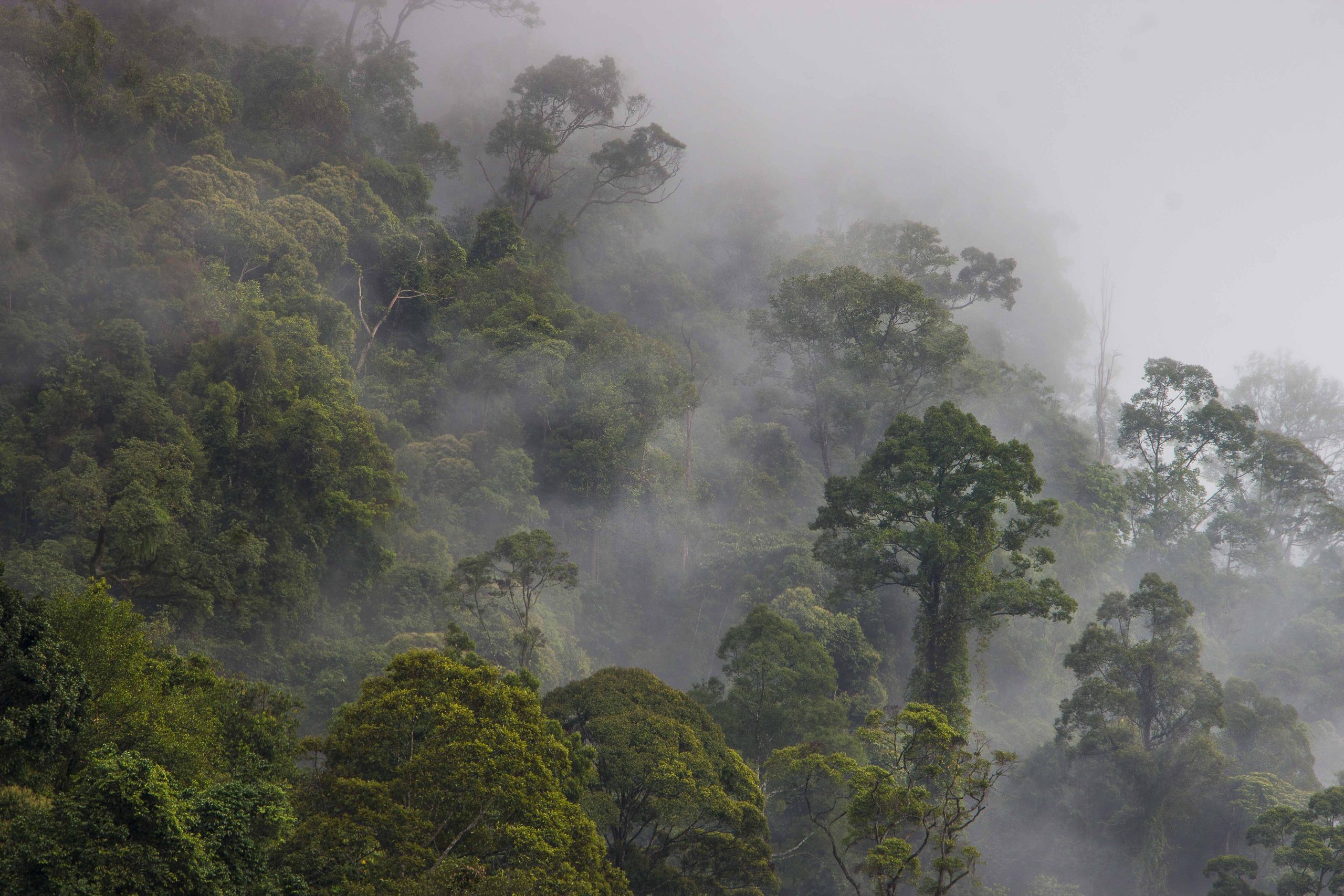
Zbyněk, thank you for this interview!
It was a pleasure, thank you too.
| ↑1 | Mexico faces similar issues due to thirsty avocado plantations that are exacerbating an already miserable situation with groundwater, for example. |
|---|

